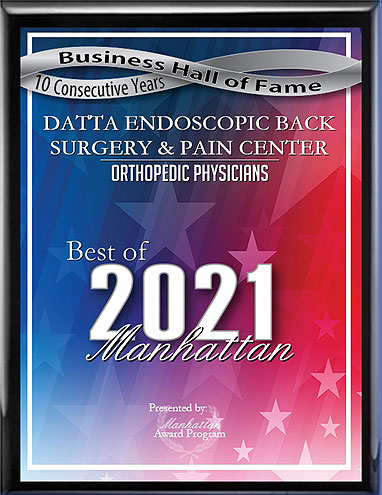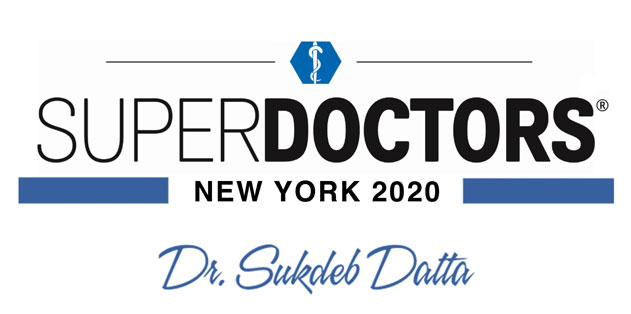Timeline for Recovery
With laser back surgery, it is not necessary for the surgeon to create a large wound, or to remove bone to access the spinal cord. Instead, one or two incisions about the size of a small needle are made, and specialized tools are inserted through that incision, as is the laser. This means that the wound recovers relatively quickly. However, the procedure is still an operation on a very delicate and essential part of the body, so rest and caution after surgery is key.
In general, the timeline for the entire surgery and recovery is as follows:
- After obtaining a diagnosis, several conservative treatments may be attempted.
- If these do not work, a surgical consultation will be scheduled.
- Close to the date of surgery, you will have a pre-operative appointment
- The surgery itself usually takes about an hour, and only local anesthetic is needed. Symptoms are often relieved as the surgery takes place.
- The next day, it is often safe to begin physical therapy.
- After a week, patients with non-physical jobs can return to work.
- Several weeks after surgery, there will be a post-operative appointment to assess progress.
- After 4-6 weeks, patients with physically strenuous jobs can return to work, and patients can resume their full range of physical activities.
If you are being treated for more than one condition, or have an extenuating health issue, this timeline may be altered some. Your physician will discuss the timeline for your specific situation at your pre-operative appointment.
Self-Care After Surgery
Being conscientious about health in the days and weeks after surgery can lead to a faster overall recovery and prevent side effects. Important practices include:
- Going to physical therapy, and practicing any recommended exercise at home.
- Avoiding over-exertion.
- Getting adequate sleep.
- Eating a healthy diet.
- Practicing any wound care recommended by your doctor.
These practices help boost the immune system and the body's healing process, hastening recovery. The recovery period can also be a good time to get back into health practices which fell to the wayside while you were dealing with chronic pain, such as preparing healthy meals and exercising.
During recovery, it is important to communicate with your physician if you are concerned with your healing process. While such issues are rare, you should inform your doctor if you are experiencing continued or worsened pain; unusual drainage from the wound; or signs of infection such as fever. Although the risk of complication is low, the sooner any complications are caught, the faster the recovery.
Long-term, many patients take steps to prevent their spine condition from recurring in the future. If your condition was caused or exacerbated by obesity, your physician may recommend that you lose about 10% of your body weight to help prevent future problems. If improper lifting led to an injury, it is important to be conscientious about those practices in the future. While posture does not usually cause spine problems, it can make them more uncomfortable, and for that reason it is important for patients who have had back problems in the past to cultivate good posture.
Minimally invasive procedures such as laser back surgery are helping to make treatment more available to people who cannot undergo traditional back surgery due to lifestyle constraints or health reasons. With a recovery time about 1/6 the period of traditional back surgery, most people find it quite manageable to fit laser back surgery into their schedule.
To talk to a top surgeon about whether laser back surgery is right for you, please call the Datta Endoscopic Back Surgery and Pain Center at 212-420-0312.






 EDISCSCULPT
EDISCSCULPT



